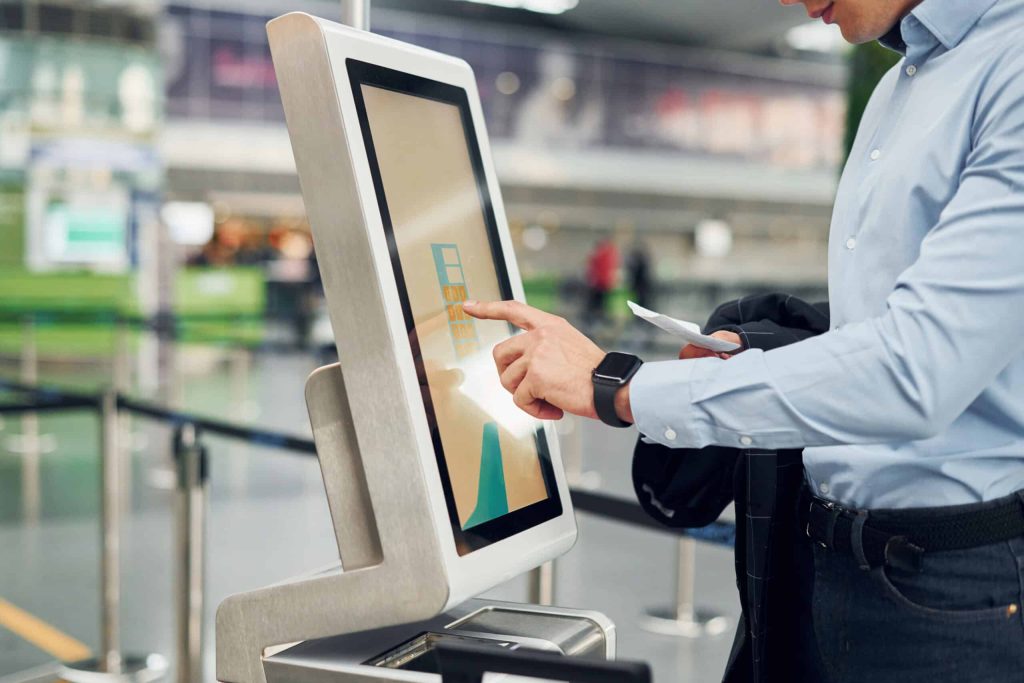In today’s customer-centric and efficiency-driven world, interactive kiosks have become essential tools for businesses across various industries. From retail stores and healthcare clinics to restaurants and airports, kiosks technology help streamline operations, improve customer service, and reduce overhead costs. But with so many types and features available, choosing the right kiosk for your business can be challenging.
This article walks you through the key considerations to help you select the ideal kiosk solution that aligns with your business goals, budget, and user needs.
Understanding Your Business Needs
Before diving into the hardware or software, start by identifying what you need the kiosk to do. Different industries and operations require different functionalities.
Ask yourself:
- What specific task will the kiosk handle? (e.g., check-in, product lookup, payment processing, ordering)
- Who will be using it? (Customers, patients, employees)
- Where will it be installed? (Indoor lobby, retail floor, outdoor location)
Clear answers to these questions will help guide your decisions around design, features, and technology integrations.
Types of Kiosks to Consider
Depending on your use case, one of the following kiosk types may suit your business best:
1. Self-Service Kiosks
Used in retail, food service, and healthcare for tasks like check-ins, orders, or payments.
2. Interactive Digital Signage
These display information, promotions, or directions and allow user interaction.
3. Information Kiosks
Perfect for museums, malls, and transit hubs where users can get maps, schedules, or FAQs.
4. Wayfinding Kiosks
Great for large campuses, hospitals, or event venues to help visitors navigate.
Hardware Considerations
1. Screen Size and Resolution
Choose a size appropriate for your content and location. Small screens work for check-ins, while large screens are better for navigation or advertising.
2. Touchscreen Quality
Look for durable, responsive touchscreens—preferably capacitive, like those used in smartphones—for smooth user experiences.
3. Device Platform
Will your kiosk run on an iPad, Android tablet, or a custom PC-based screen? Tablet kiosks are cost-effective and easier to maintain, while PC-based kiosks offer more power and flexibility.
4. Durability and Design
If your kiosk will be in a high-traffic or outdoor area, choose rugged, weather-resistant enclosures with tamper-proof features.
5. Accessibility
Ensure the kiosk complies with ADA (Americans with Disabilities Act) guidelines if applicable. This includes screen height, reach, and audio support.
Software Features to Look For
The kiosk’s software is just as important as its physical form. Choose software that is:
1. User-Friendly
The interface should be intuitive and easy to navigate, minimizing user frustration and training time.
2. Customizable
You’ll want to brand the kiosk interface to match your business and tailor workflows to your specific needs.
3. Integrable
The best kiosk software connects seamlessly with your existing systems—whether it’s a CRM, POS, EHR, or inventory management system.
4. Cloud-Based Management
Remote management capabilities allow for easy content updates, monitoring, and troubleshooting from any location.
5. Secure
Security is essential, especially if personal data or payments are involved. Look for encryption, session management, and data protection features.
Scalability and Future-Proofing
Choose a kiosk platform that can scale with your business. Maybe you start with three kiosks in one location but expand to 50 across multiple sites. Ensure the solution can grow with you without requiring a full overhaul.
Also, consider how future technologies—like facial recognition, contactless payments, or AI-driven personalization—might fit into your kiosk strategy down the road.
Cost and ROI
Pricing for kiosks can vary widely based on hardware, software, customization, and deployment scale. Be sure to evaluate:
- Upfront hardware and software costs
- Ongoing support and licensing fees
- Potent
- Improvements in customer satisfaction and efficiency
While the initial investment might seem high, a well-implemented kiosk can deliver significant ROI through automation and improved service.
Support and Maintenance
Even the best kiosk will need occasional updates or troubleshooting. Choose a provider that offers:
- Reliable technical support
- Regular software updates
- Hardware warranties
- Analytics and usage reporting
Proactive support ensures your kiosk stays functional and effective without draining internal resources.
Final Thoughts
Choosing the right kiosk for your business is about more than just picking a sleek screen. It requires careful consideration of your business goals, user expectations, and long-term operational needs. Whether you’re aiming to reduce wait times, empower self-service, or offer interactive experiences, the right kiosk solution can be a powerful tool for growth and efficiency.
Take the time to evaluate your needs, explore your options, and partner with a provider that offers flexibility, reliability, and ongoing support. A well-chosen kiosk can do more than serve—it can elevate your entire customer experience.


